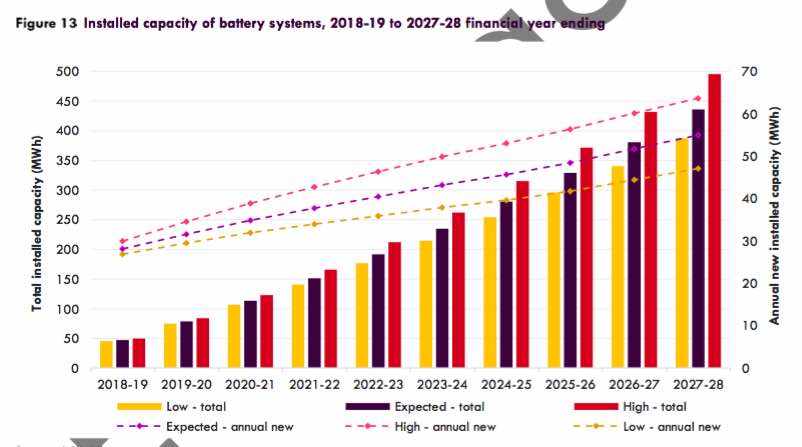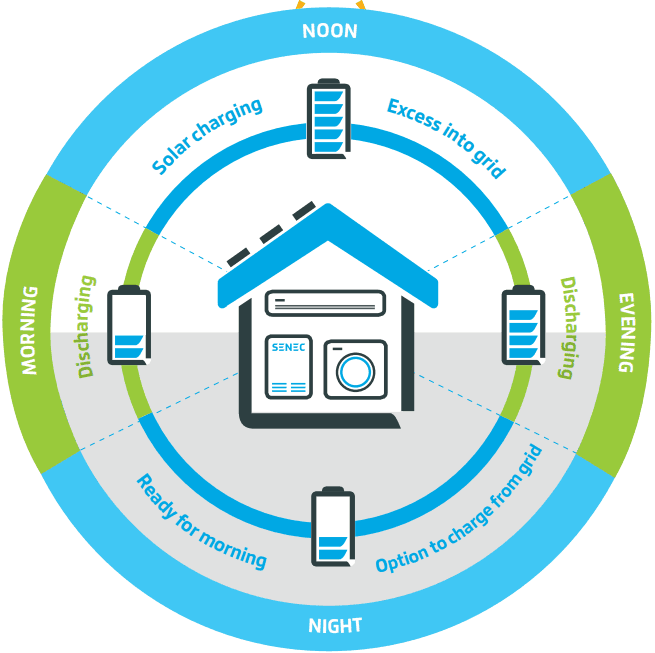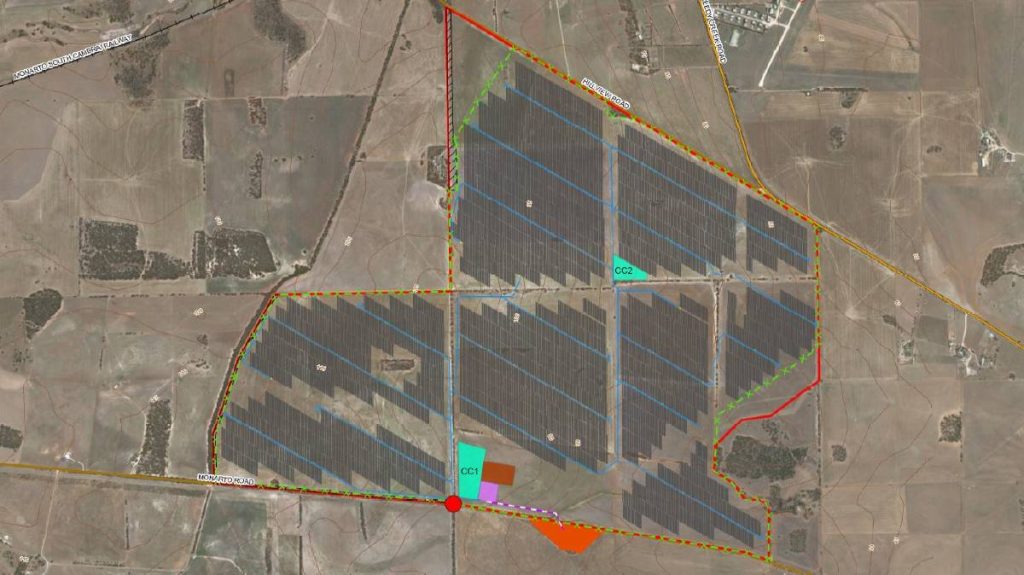The New South Wales solar feed-in tariff is set to drop by 44% after IPART, the state pricing regulator, confirmed previously drafted cuts to the state’s feed-in tariff benchmark for 2018/19.
New South Wales solar feed-in tariff

The regulator, IPART (Independent Pricing and Regulator Tribunal for NSW) advised in May that they will be recommending heavy drops in the tariff with the release of a draft publication entitled ‘Solar feed-in tariffs: the value of electricity from small-scale solar panels in 2018-19.
It looks like the solar feed-in tariff drops will be going ahead – so let’s take a look at what this means for people with solar, and people without:
As per Renew Economy, IPART justified their slashing of the prices in advising that all customers would be affected if they didn’t act.
“We set the benchmark range based on our forecast of the average price that retailers would pay for solar exports across the day (weighted by solar output) if they were buying this electricity on the wholesale spot market,” the report, released yesterday, said.
“We consider that this is reasonable, and that a higher benchmark would lead to unacceptable outcomes.
“Specifically, if retailers were required to pay more than this for solar exports, they would be paying more than they pay for wholesale electricity on the NEM.
“As a result, retail prices for all customers would need to be higher to recover the difference,” the report continued.
Those who have already invested in solar are a little less magnanimous about the changes – with Shani Tager from Solar Citizens conveying her opinon via email to RenewEconomy:
“The decision to cut the feed-in tariff punishes solar owners, it’s like getting a pay cut for working overtime,”
That particular analogy might be a bit of a stretch but it’s interesting IPART aaren’t considering the ‘social price’ of carbon like Victoria are currently doing. This has raised the ire of the Greens as well:
“If the NSW government are serious about supporting renewable energy then they should be change the criteria to assess solar feed-in tariffs to recognise the multitude of benefits solar energy brings,” Greens MP Tamara Smith said.
To sign off, IPART gave us a hint of things to come and how they plan to deal with the situation in the future:
“We consider that solar customers should be treated like any other generator in the competitive electricity market, which means that they take or pay the market price – and are not otherwise compensated or penalised for their impact on these prices,” the report said.





